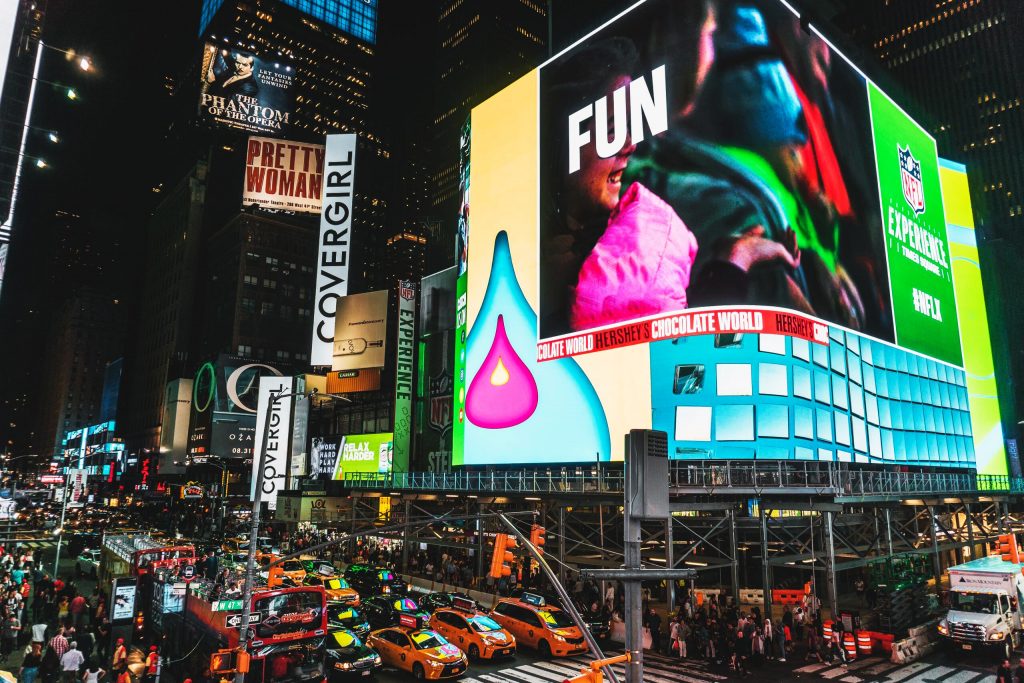Az 1990-es évek óta, az egész nagy felbontású LED kijelző az ipar itthon és külföldön nagy sebességgel fejlődik. Főleg az elmúlt három évben, az éles piaci verseny miatt, az iparág átrendeződési jelenségen ment keresztül. Sok kínai LED-es vállalat felismerte a verseny nyomását, megnövekedett tőkebefektetés, tovább bővítette a skálát, és nagy erőfeszítéseket tett a technológiai vezető és differenciált versenyben, különösen akkor, amikor a LED-es világítás kezdett nagy léptékben belépni az alkalmazások korszakába, Megnyitotta a hazai LED-es világítási reform prológját. Jelenleg, teljesen megnyílt a hazai LED piac, és továbbra is nagy arányt képvisel a LED termékek exportja. Magától értetődik, hogy a hazai LED-ipar Shenzhenben összpontosul, és róla 80% termékeiből exportálják.

For traditional Chinese enterprises, it is a challenge to do well in the international market. First of all, due to the late start of China’s LED industry, the lack of awareness of intellectual property rights, and the relatively lagging work on patent application and protection, Chinese LED display companies are difficult to grasp the initiative in the international market because of the lack of LED patents, and are often in a relatively passive position in the face of fierce market competition. Másodszor, the international LED standard formulation has reached a considerable scale, and its system is relatively mature and complete, and is basically synchronized with the development of the market. azonban, the introduction of China’s LED standards is far behind. We should learn from the advanced experience of the United States, the European Union and other countries, and start with the urgent standards that have a great impact on the development of products, and quickly develop some standards or specifications that are conducive to industrial development, so that enterprises in the industry can learn from and reference.
Harmadszor, Chinese enterprises are also under competitive pressure from other countries to explore the international market of LED display screens. In Asia alone, Japán, South Korea and China are three countries with relatively complete industry development, and each has its own advantages: Japan’s LED industry started earlier, the industrial chain is intact, and it has an insignificant position in international shopping malls, accounting for 1/4 of the proportion of international shopping malls in 2010; Although the LED industry in South Korea started late, it rose rapidly in just a few years by virtue of its technological development strength; The development of China’s LED industry is strongly supported by the government, and has the advantages of manpower, raw materials and other costs.
In the long run, in the context of globalization and the deepening of shopping malls, LED global competition is inevitable. Only with competition can we have the power to promote the continuous progress of the industry and promote the continuous development of industry. Benign competition is also a necessary condition to promote the continuous progress of shopping malls, but also to prevent the breeding of vicious competition.
